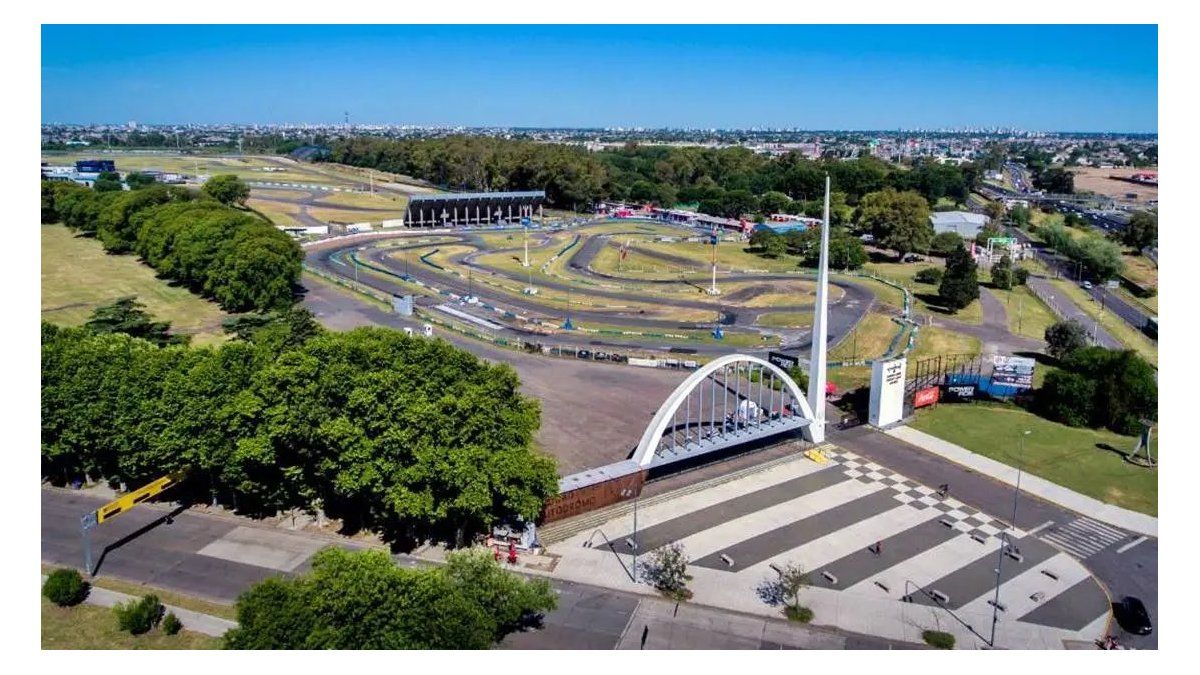The recent news that a United States Companys had decided move as a state Because in the new place where you are going to file, you pay less taxes fueled the enthusiasm between L -officialsTo Casa Rosada supporters of the “fiscal competence.”
With the President Javier Milei In the lead, many are convinced that when returning collections with the provinces – if there was a local VAT – these are going to enter into a Species of career for attracting investments by lowering aliquots.
He Minister of Economy, Luis Caputohe said in his latest public statements that the Government’s idea is to keep a 9% federal VAT, while delivering the remaining 12% to the governors to handle it as they want.
And so, Caputo concludes that “The provinces will compete with each other to attract investments. ” The reasoning sounds logical, but does not take into account that There are 16 provinces that would have to charge a VAT above the national average to maintain the same funds they receive as co -participation. Only 3 districts would be in a position to compete offering strong fiscal pressure reductions, which are the city of Buenos Aires, the province of Buenos Aires and Santa Fe.
This was raised in statements to Scope the head of GNP Group, Guillermo Pérez, who warned that “the 16 provinces that are benefited today They represent two thirds of the votes of the Senate, so that you can doubt that they will support this proposal. ”
Pérez said that “If CABA and the provinces of Buenos Aires and Santa Fe put a VAT of 12% would get much more money than they are currently receiving for co -participation. ” “On the other hand, the northern provinces would have to put a much higher aliquot not to lose resources,” he added.
In other words, the disparity of economic structures between the Argentine provinces would have to attract attention to whether it is possible to compete to attract investments.
Those who are tied
There is a group that could maintain a 12% VAT that They are Mendoza, Neuquén, Córdoba, Entre Ríos and Santa Cruzwhich are states that “are tied” between what they contribute to the co -participation of taxes and what they receive, explains the CEO of the GNP group.
Strictly speaking, the VAT remembers the VAT only co -participates in 90%, because 10% goes social security. Hence, the nation was 36% instead of 40% and the provinces 56%, instead of 60%.
Caputo could lower VAT to 16%
Pérez recalls, on the other hand, that Tax laws allow the Executive Power to lower the VAT aliquot by 25%. “I could download it to 16%, but beyond that needs the Congress approval ”, Explain the professional.
In other words the government dEberia would make a great political engineering to get the Senate to approve a project in the line of the lean by Caputo, It also does not mention how the resources generated by the Gross Income Tax, which is the pillar of provincial collection would be replaced.
It is to remember that for yearswith the current and previous governments, it points against gross income as the most distorting taxes. Unlike VAT that is charged only by the differential between purchases and sales between suppliers and that is cut in the final consumer, the Gross income is paid in each link in a value chain. In the end you can add up to 10% of the price. The longer the chain, the more burdens the tribute.
The Minister of Economy does not mention what would give the governors in return. If it were just that 12% VAT would not reach.
A recent study ofThe Argentine Fiscal Analysis Institute (Iaraf) He estimates that gross income generates 4% of GDP per year. That would represent an additional provincial VAT equivalent to between 10% and 11% In case the nation maintained an average of 20% current average. Now, if Caputo’s intention were 12% of the provinces in addition These will have to add between 10% and 11% to maintain the same amount of income they have now, and therefore, andThe national niva plus the provincial could range between 31 and 32%.
Source: Ambito




